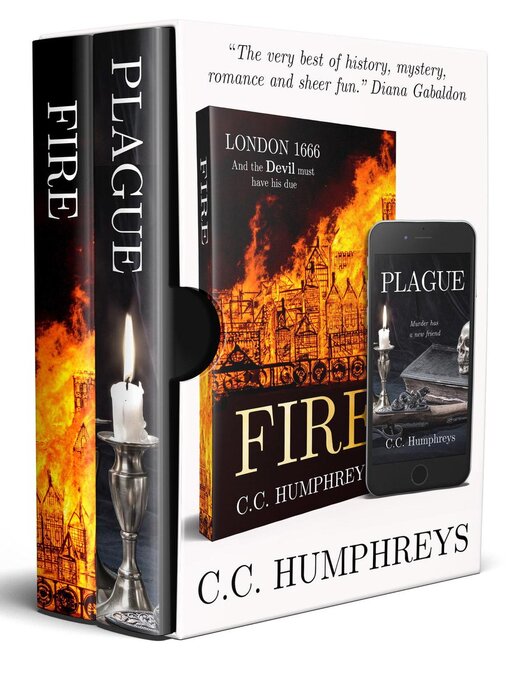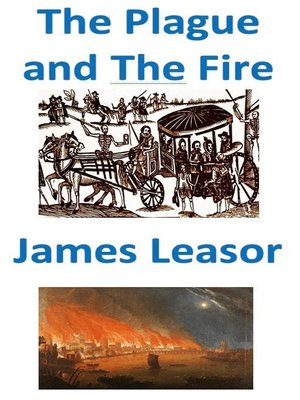


Her letters back to Whitehall do, however, reveal her to have been a wonderfully evocative writer offering tantalizing hints at the prolific playwright she would one day become. Cast adrift by the court she so eagerly wanted to serve, she was a terrible spy. In the 1660s, Aphra Behn was in her twenties and full of self-doubt. Perhaps Cate Blanchett could carry her off. She was tough, ambitious and, alongside her life-long interest in natural philosophy, also something of a clothes-horse. She was such a complex creature that I think casting for her part would be the trickiest. The writer Margaret Cavendish was a middle-aged woman during the early years of the Restoration.

The role of Charles II would require an actor in his mid-thirties, with the dark features that made the king so striking to his contemporaries… perhaps someone like Oscar Isaac (I think he could carry off a periwig). The Earl of Rochester (portrayed by Johnny Depp in The Libertine) was in his late-teens during the mid-1660s so he would need to be played by someone far too young to be on my radar, perhaps a teenage Shia LaBeouf. Like the book, the film would be an ensemble piece and would be cast as follows:

Here Rideal dreamcasts an adaptation of her first nonfiction book, 1666: Plague, War, and Hellfire: Hollywood has an annoying habit of casting its men too old and its women too young so I would try to rectify this with the film version of 1666. She currently runs the online magazine The History Vault and is studying for a PhD on Restoration London at University College in London. Rebecca Rideal is a writer and television producer who contributed to such documentaries as: Bloody Tales of the Tower, Adventurer’s Guide to Britain, Jack the Ripper: Killer Revealed, Escape from a Nazi Death Camp, and the triple Emmy award winning series David Attenborough’s First Life.


 0 kommentar(er)
0 kommentar(er)
